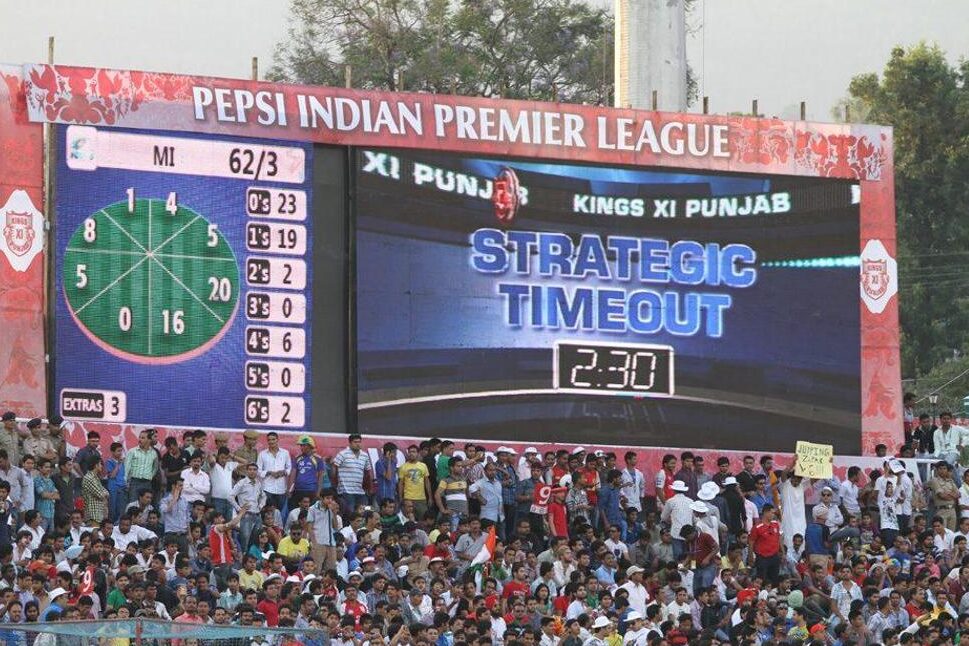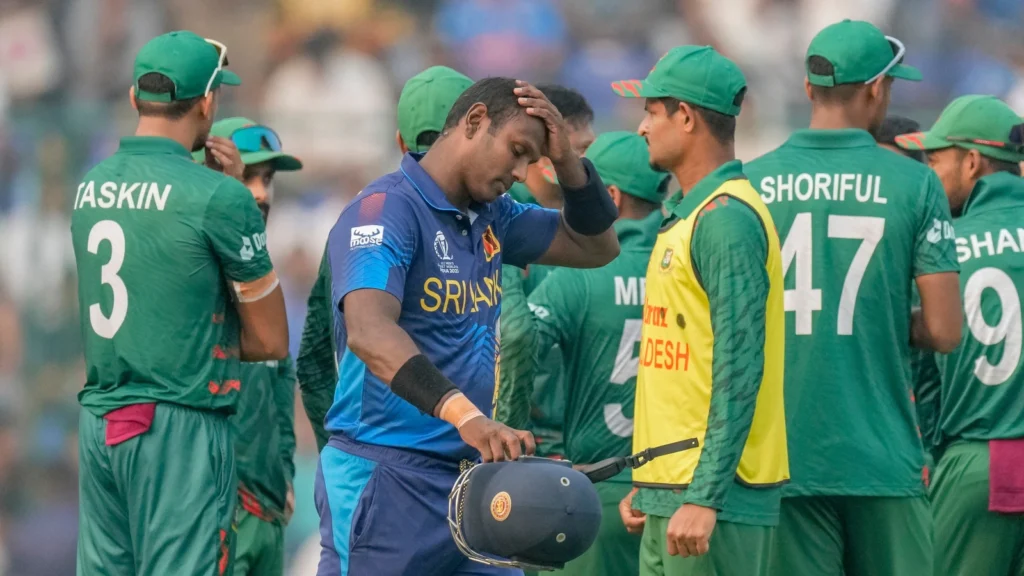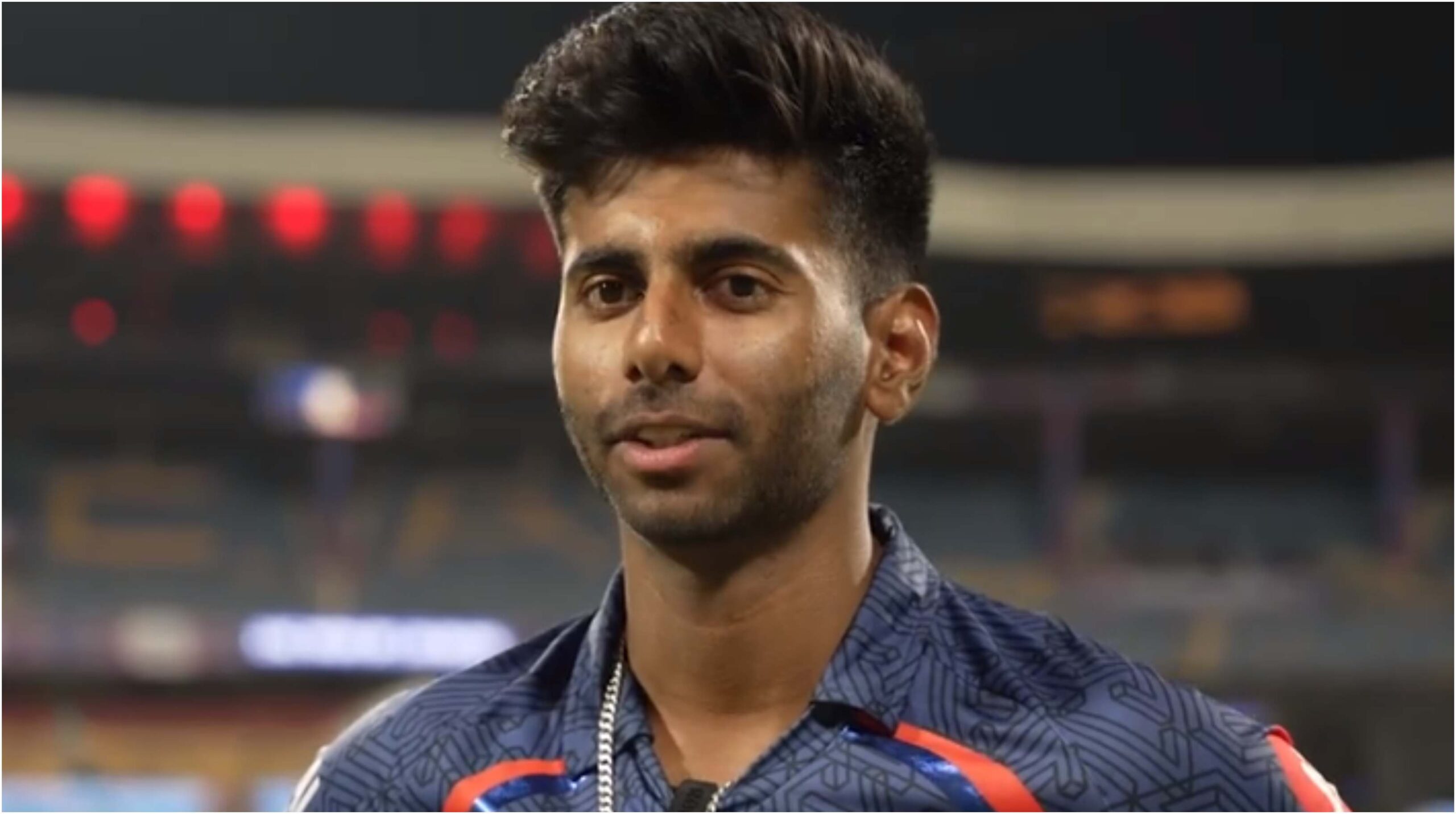Cricket, as a sport, involves various rules and terminologies that may seem complex to new viewers. Among these is the concept of a “time out.” Although not as commonly discussed as other aspects of the game, time outs play a significant role in different formats. They help teams manage their strategies, rest, or even prevent delays in play. Let’s delve into what time outs mean in cricket and explore their different types.
What Is Strategic Time Out in Cricket?
A strategic time out refers to a scheduled break in play, commonly seen in T20 cricket leagues like the Indian Premier League (IPL). The concept of a strategic time out was introduced to provide teams with opportunities to reassess their strategies, refresh their players, and make necessary adjustments during a game. It serves as a brief interval where the on-field action pauses, allowing teams to regroup and plan their approach for the next phase of the match.

In the IPL, each innings consists of two strategic time outs—one for each team. The batting team can take it out between the 6th and 9th over, while the bowling team can call for it between the 13th and 16th over. It lasts two and a half minutes, giving teams adequate time to review the match situation.It is particularly important in the fast-paced T20 format, where the course of the game can change quickly. This break allows captains and coaches to communicate effectively with players, make crucial decisions, and fine-tune their strategies.
It has become a tactical element in T20 cricket. Teams use it to address ongoing issues, such as adjusting bowling plans, setting new fielding positions, or changing batting orders. The break also gives players a chance to recover physically, which can make a big difference in high-pressure matches.
Read more Who Is the Captain of the Indian Cricket Team?
What Is the Meaning of Timed Out in Cricket?
The term “timed out” refers to a method of dismissal in cricket, where a batsman is given out for not arriving at the crease in time. According to the rules, a new batsman has three minutes to take their place at the crease after the fall of a wicket. If they fail to do so within this period, the opposing team can appeal for a “timed out” dismissal. This rule ensures that there are no unnecessary delays in the game.

Although rare, a timed out dismissal can occur due to various reasons. Sometimes, a batsman may not be ready due to an equipment issue, confusion over the batting order, or even an injury. In such cases, if the new batsman does not appear at the crease within the stipulated time, the fielding captain can appeal for a timed out dismissal. The on-field umpires then decide whether the batsman should be given out based on the circumstances.
The timed out rule exists to maintain the flow of the game and prevent teams from using time-wasting tactics. While this mode of dismissal is uncommon in professional cricket, its presence in the rulebook ensures that players and teams respect the spirit of the game by keeping the match moving smoothly.
Time Outs in Different Formats
Time outs manifest differently across formats in cricket. In Test cricket, there is no concept of a strategic time out, but players can request drinks breaks or medical time outs when needed. The idea of a time out becomes more relevant in shorter formats like T20s, where the fast pace of the game requires quick decision-making and timely strategic adjustments.

In ODIs, while there isn’t a formal strategic time out like in T20s, teams can still pause for drinks breaks or medical attention.
Conclusion
The concept of a time out in cricket encompasses different meanings, depending on the context. Strategic time outs in T20 cricket provide teams with valuable intervals to plan and reassess their game, while the “timed out” dismissal rule ensures the game proceeds without unnecessary delays. Together, these rules enhance the sport by balancing strategy and fair play.





